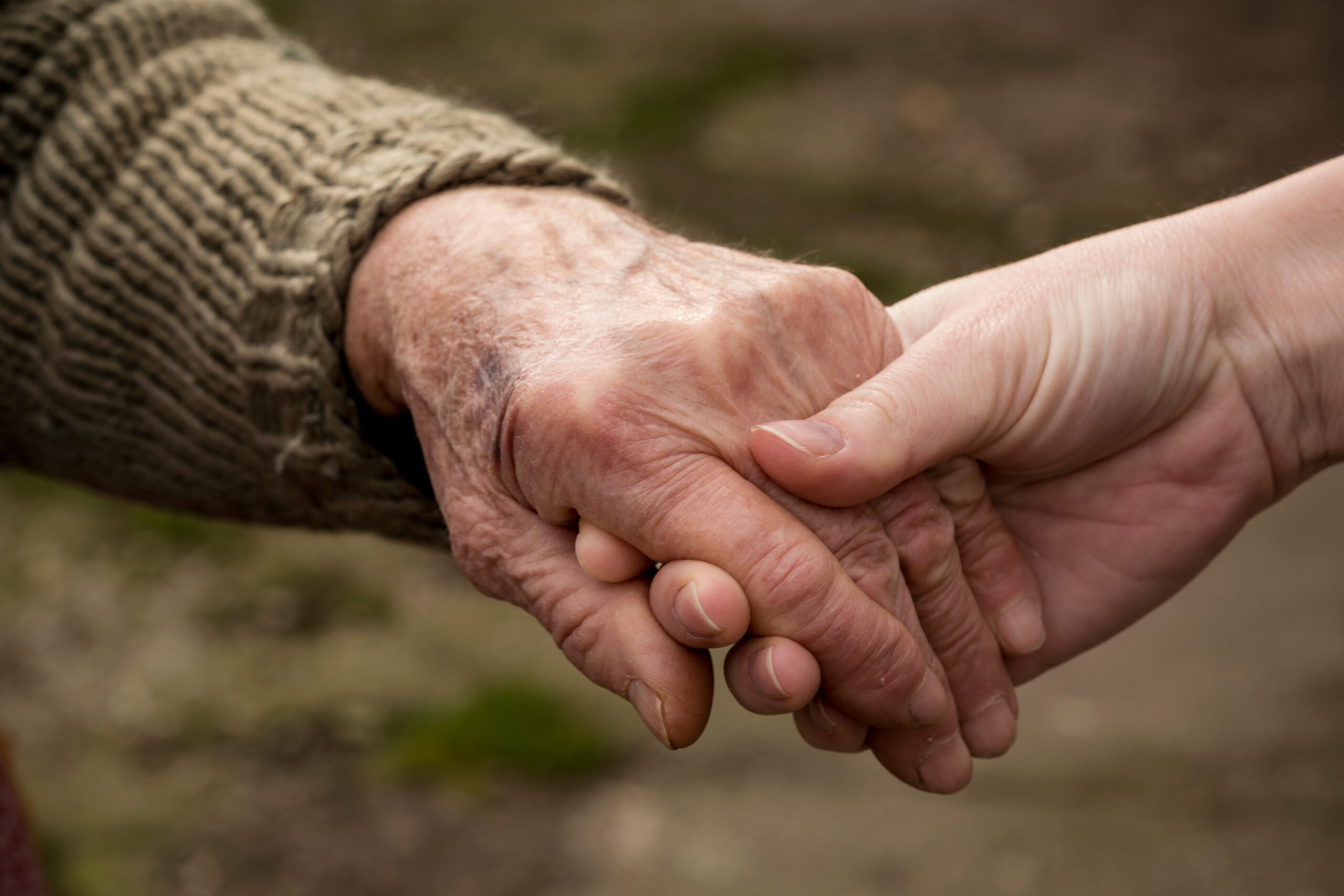How to Use Tactile Activities to Ease Dementia-Related Restlessness
Using Tactile Activities to Ease Dementia-Related Restlessness
Restlessness is a common challenge faced by individuals with dementia. It can manifest as agitation, anxiety, or confusion, often leading to discomfort and distress. Tactile activities, which involve touch and sensory experiences, can be incredibly effective in calming and soothing individuals with dementia. These activities tap into the sense of touch, providing comfort and reducing restlessness.
### What are Tactile Activities?
Tactile activities are designed to engage the sense of touch. They can range from simple hand massages to more complex sensory experiences like stroking a pet or exploring different textures. These activities are particularly beneficial for individuals with dementia because they can evoke positive emotions and memories, even when verbal communication becomes difficult.
### Benefits of Tactile Activities
1. **Calming Effect**: Gentle tactile stimulation, such as a soft hand massage or cuddling a soft toy, can have a grounding effect. It helps to relax the individual, reducing feelings of anxiety and agitation.
2. **Memory Stimulation**: Tactile experiences can trigger memories. For example, the feel of certain fabrics might remind someone of their favorite clothing or the sensation of holding a pet might evoke memories of past pets.
3. **Improves Mood**: Engaging in tactile activities can improve mood by releasing endorphins, which are natural mood lifters. This can help reduce symptoms of depression and anxiety.
4. **Social Interaction**: While tactile activities can be enjoyed alone, they also provide opportunities for social interaction. For instance, a caregiver can engage in a hand massage with the individual, fostering a sense of connection and companionship.
### Examples of Tactile Activities
– **Hand Massages**: Using scented lotions can enhance the experience, providing both tactile and olfactory stimulation.
– **Pet Therapy**: Stroking a cat’s fur or feeling a dog’s gentle nuzzle can be very comforting.
– **Sensory Boxes**: Creating a box filled with items of different textures, such as smooth stones, soft fabrics, or rough wood, can provide endless exploration and engagement.
– **Tactile Crafts**: Activities like knitting or molding clay allow individuals to create while engaging their sense of touch.
### Implementing Tactile Activities
To effectively use tactile activities, consider the following tips:
– **Personalize the Experience**: Tailor activities to the individual’s preferences and past experiences. For example, if someone enjoyed gardening, provide them with soil and plants to touch.
– **Create a Comfortable Environment**: Ensure the space is quiet, well-lit, and free from distractions to maximize the calming effect of tactile activities.
– **Be Patient and Flexible**: Some days, individuals may not be receptive to certain activities. Be prepared to try different approaches or wait for a better moment.
By incorporating tactile activities into daily routines, caregivers can help ease restlessness and improve the overall well-being of individuals with dementia. These simple yet powerful interventions can bring comfort, stimulate memories, and enhance quality of life.





